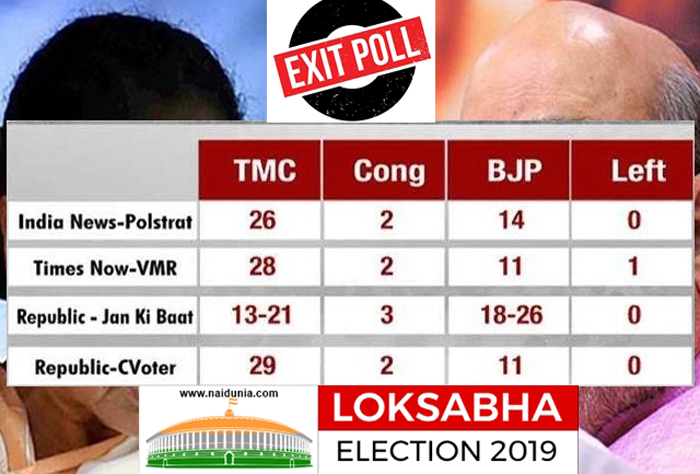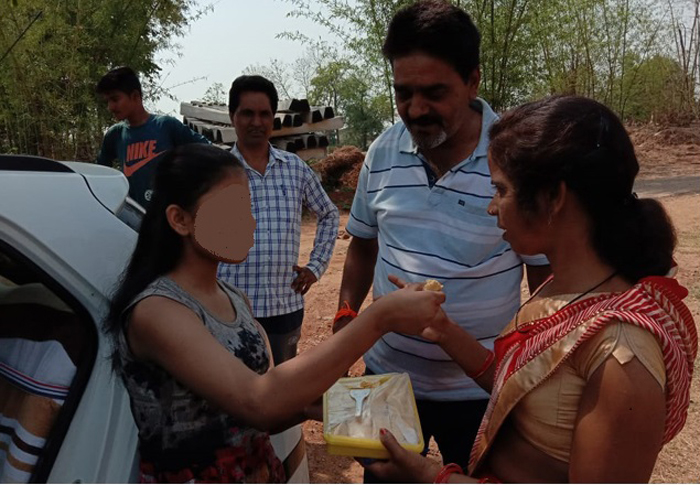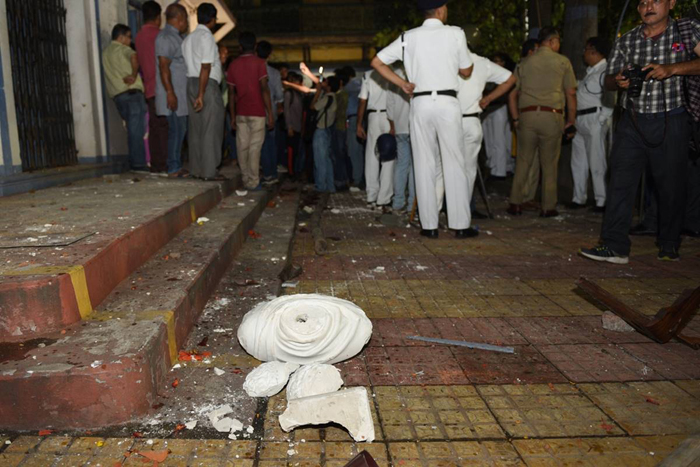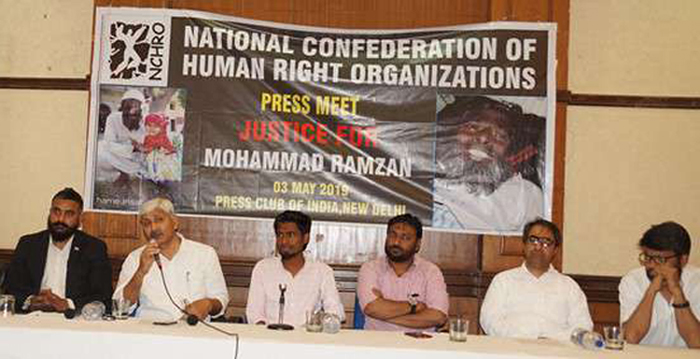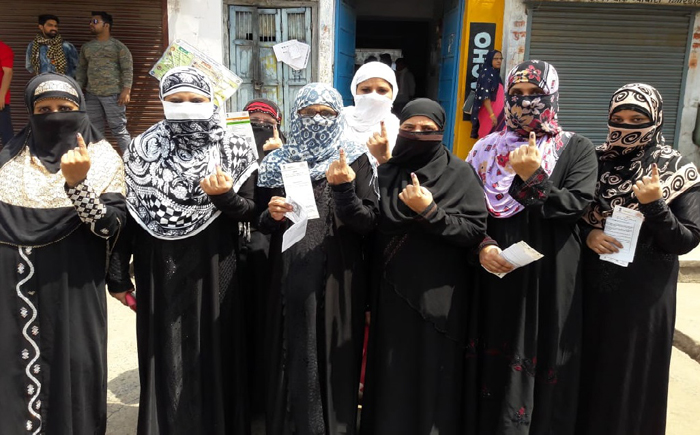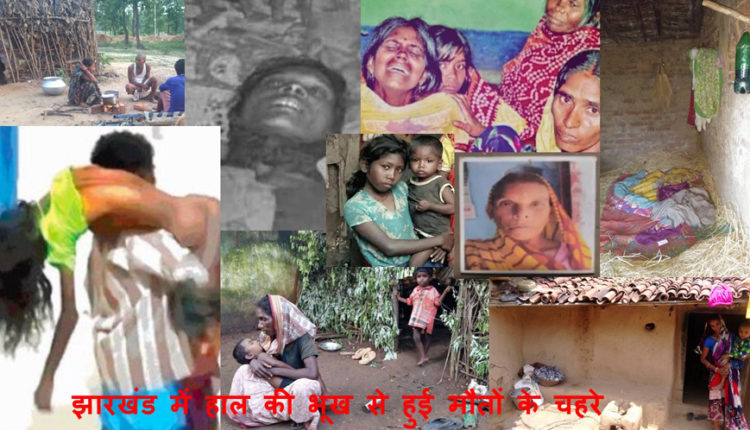Kolkata: Within hours of General Elections 2019 wrapping up formally in India, at least five exit poll results were released. With all eyes on Bengal, all five poll results clearly indicated that the saffron party will be making inroads into Bengal politics.
According to India News-Polstrat exit poll, BJP would be getting 14 seats in Bengal. Republic-CVoter has indicated 11 seats for BJP, Times Now-VMR 11, ABP-Nielsen 16 and Sudarshan News 19 seats, respectively.
Trinamool Congress supremo and Chief Minister of Bengal, Mamata Banerjee was quick enough to take on to Twitter and rubbish the Exit Poll predictions. She tweeted, “I don’t trust Exit Poll gossip. The game plan is to manipulate or replace thousands of EVMs through this gossip. I appeal to all Opposition parties to be united, strong and bold. We will fight this battle together.”
However, it’s not just Mamata, who is urging people to not believe in the Exit Poll results. Most of the political analysts based in Kolkata are of the opinion that despite BJP making inroads in Bengal, it is very unlikely for them to bag 12 seats.
“I am not going to take any of these exit poll results seriously. Look at the seats predicted for the BJP, not just in Bengal, but nationally, it looks like no one wanted to take the risk of contradicting the BJP narrative. I will rather wait for the final results, which shall be out by May 23,” said Maidul Islam, Assistant Professor of Political Science at the Centre for Studies in Social Sciences, Kolkata, while speaking to eNewsroom.
Echoing a similar sentiment, political analyst Biswanath Chakraborty said, “One can’t really rely on these five exit poll results, as they all seem to be ‘ruling-party biased’. Despite considering the rise of BJP in Bengal, it seems very difficult for the saffron party to gain 12 seats here.”
Explaining the reason behind this was Islam, said, “The position of BJP at present in Bengal is just like that of TMC in 2001. Back then TMC, high on enthusiasm had also made claims of forming the government, but they didn’t do any better. Today BJP too stands on similar ground in Bengal. Despite the party having made inroads into rural Bengal, I will be surprised if they get more than 8 to 9 seats in Bengal. Here, the electorate is mature and takes time to shift political loyalty, especially in rural areas.”
He further added, “Remember, the Right-wing voters are vocal about their political preferences, unlike the anti-BJP voters. So, it’s always easy for those surveying to get figures of those voting in favour of the saffron parties. This poll has definitely enhanced the entertainment quotient of the post-poll period and will definitely make people invest a lot in the share market and of course, betting.”
On being asked, how many seats that TMC is likely to lose, Udayan Bandhopadhyay, Associate Professor and Head of Political Science Department, Banagabasi College, clearly stated, “TMC in all probability will not get less than 29 seats in Bengal. I won’t be surprised if it retains its 34 seats. But yes, BJP is likely to do well in areas like Purulia, Balurghat, Ranaghat and Jhargram. Other seats where other political parties could do well are Darjeeling, Alipurduar, Raiganj, Malda South, Behrampore, Krishnanagar and Bankura.” He further added, “The exit polls seem to be fabricated.” On being asked, if Mamata will be able to live up to her claim of bagging all 42 seats, he said, “At the moment it seems to be difficult. But I won’t be surprised if they retain all 34 seats. Also, I believe the BJP will be losing Asansol to TMC this election.”
On being asked about the political violence that Bengal has recently witness, Islam explained, “Politics-based violence will always be higher in Bengal than in any part of the country. For here people are judged by their political ideology and not caste and religion. Hence, despite all the exit polls doling out a double-digit figure to the BJP in Bengal, I am of the opinion, that the saffron party will have to still wait for this kind of performance.”


